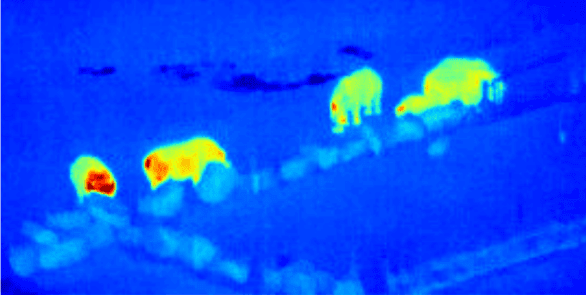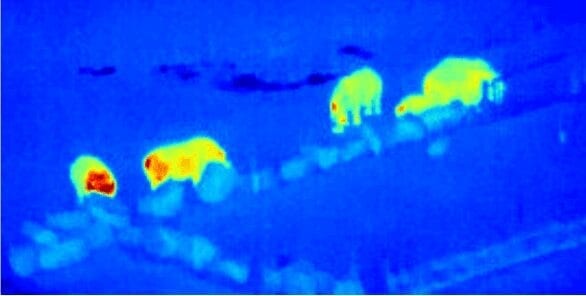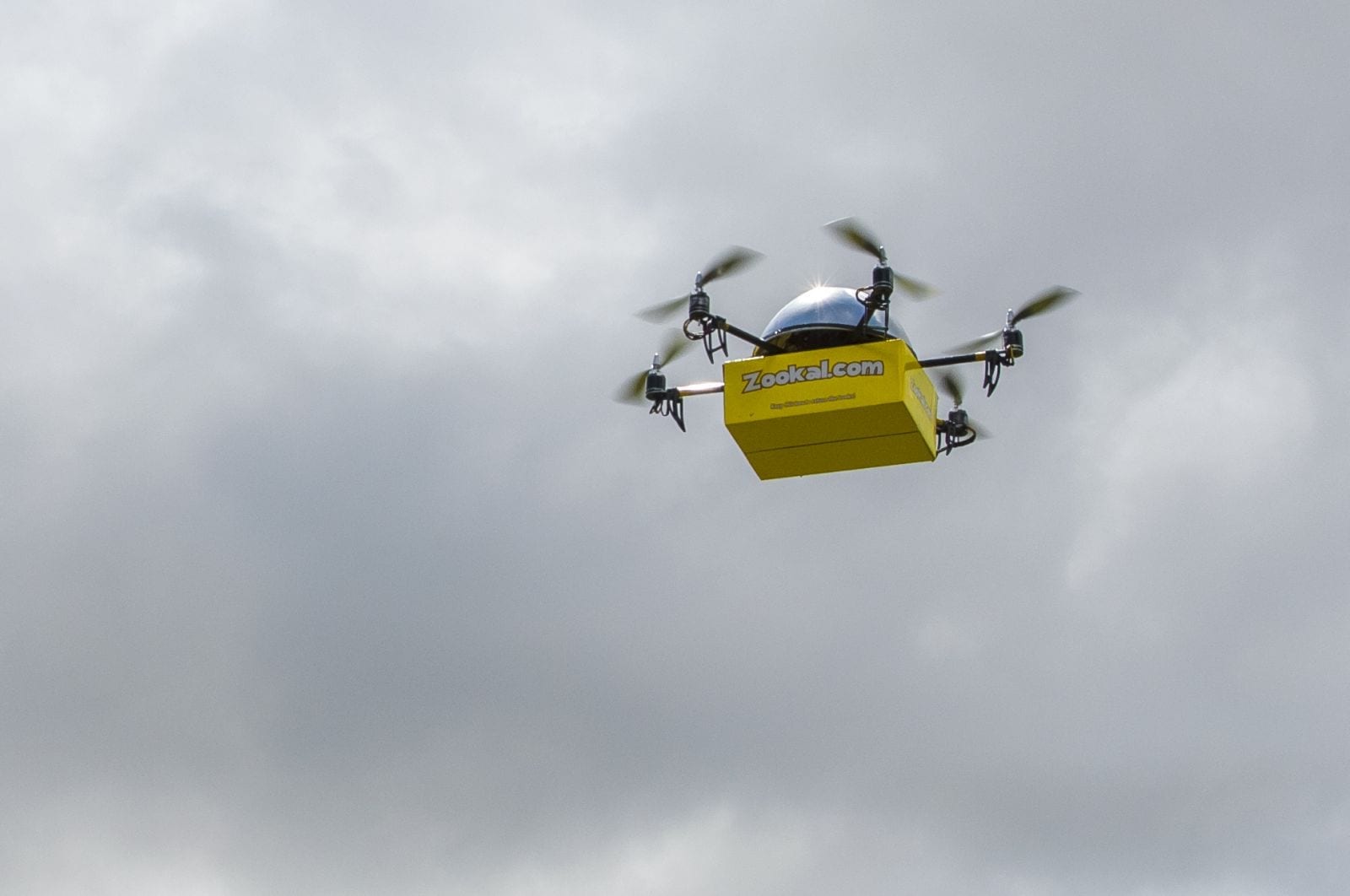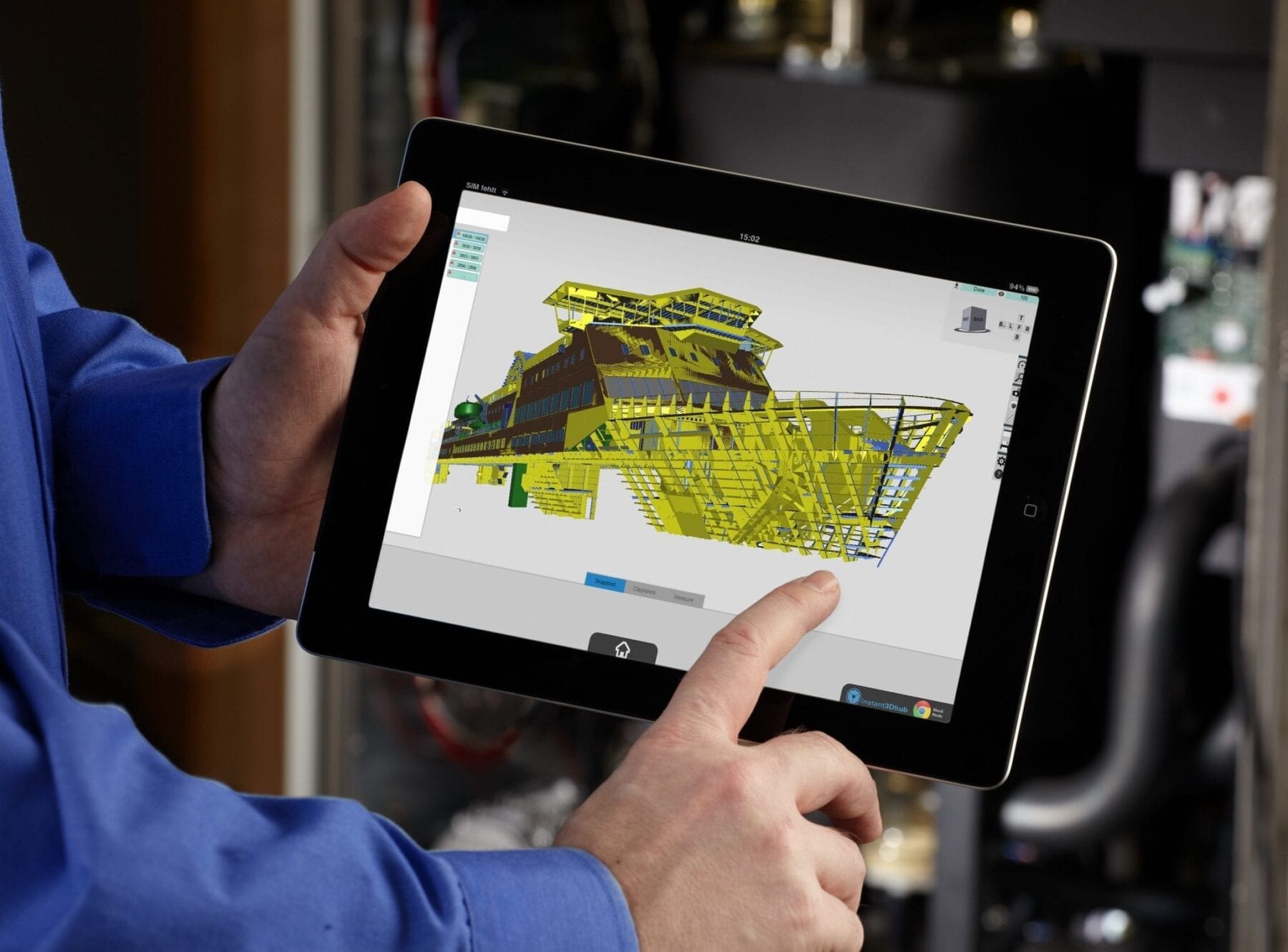
The world’s first astrophysics-ecology drone project at Liverpool John Moores University could be the answer to many global conservation efforts.
Four hundred years ago Galileo created a revolution by pointing his telescope to the skies. Now an astrophysicist and an ecologist from Liverpool John Moores University (LJMU) are reversing this perspective to help endangered species including rhinos and orang-utans.
The authors of the study, published in the International Journal of Remote Sensing, have brought together their expertise using drones, thermal cameras and the techniques used to analyse objects in space to find a solution to this 21st Century challenge for Earth.
Professor Serge Wich, from LJMU’s School of Natural Sciences and Psychology and the University of Amsterdam’s Institute for Biodiversity and Ecosystem Dynamics, is a pioneer in using drones for conservation work and is the founder of conservationdrones.org, commented:
“As an ‘eye in the sky’, conservation drones are helping the fight against illegal deforesting, poaching and habitat destruction, all leading to many species being endangered, including rhinos, orang-utans, and elephants. Now, teamed with the same astrophysics analysis techniques used to find and identify objects in the far-distant Universe, we can try to do this more efficiently.”
“The World Bank estimates that ecosystems provide $33 trillion every year to the global economy and biodiversity loss and consequent ecosystem collapse is one of the ten foremost dangers facing humanity. We hope this research will help tackle these problems by allowing anyone in the world to upload their aerial data and in real time get back geo-locations of anything, whether that be survivors of natural disasters, or poachers approaching endangered species, or even the size, weight and health of livestock.”
Dr Steve Longmore, from the LJMU Astrophysics Research Institute, explains why this is possible:
“Astrophysicists have been using thermal cameras for many decades. Crucially, it turns out the techniques we’ve developed to find and characterise the faintest objects in the Universe are exactly those needed to find and identify objects in thermal images taken with drones. The key to success is building libraries of the thermal heat profiles that act like “thermal finger prints”, allowing us to uniquely identify any animals detected. Our goal is to build the definitive finger print libraries and automated pipeline that all future efforts will rely upon.”
The next stage of this research, which will be funded by the Science and Technology Facilities Council (STFC), is to start expanding these techniques to other equally significant applications, including disaster relief and search and rescue.
This new drone technology is part of the growing technological innovation within LJMU. The Astrophysics Research Institute is also developing the world’s largest fully robotic telescope, a scaled up version of the Liverpool Telescope, located at the Roque de Los Muchachos Observatory, on the island of La Palma, and operated by LJMU as a national facility.
Learn more: The solution from the skies to save endangered species
[osd_subscribe categories=’drones’ placeholder=’Email Address’ button_text=’Subscribe Now for any new posts on the topic “DRONES”‘]
Receive an email update when we add a new DRONES article.
The Latest on: Astrophysics-ecology drone project
[google_news title=”” keyword=”astrophysics-ecology drone project” num_posts=”10″ blurb_length=”0″ show_thumb=”left”]
via Google News
The Latest on: Astrophysics-ecology drone project
- Technology Newson May 5, 2024 at 5:00 pm
FTX says that nearly all of its customers will receive the money back that they are owed, two years after the cryptocurrency exchange imploded, and some will get more than that TikTok and its ...
- Drones will perform aerial surveys over Jamestown, Columbia for internet projecton April 29, 2024 at 5:00 pm
Drones will be flying overhead Wednesday through May 8 in Columbia and Jamestown for aerial surveys that are part of an ongoing project to improve the availability of high-speed broadband internet ...
- HoloGW Project: Tackling Unresolved Mysteries in Astrophysics and Cosmologyon April 13, 2024 at 4:27 am
The HoloGW project has been granted funding of 2.5 million euros to tackle unresolved issues in cosmology and astrophysics from a new perspective. Image Credit: Lia Koltyrina/Shutterstock.com ...
- ESP-Drone: Building An ESP32-Based Quadcopter For Not Much Cashon March 31, 2024 at 4:11 am
What’s the cheapest quadcopter you can build? As [Circuit Digest] demonstrates with their variant of the ESP-Drone project by Espressif, you only need a minimum of parts: an ESP32 MCU ...
- Teens unveil drone project that tackles pollutionon October 1, 2023 at 2:00 pm
"The drone will be collecting plastic waste from the lake bed, which will be a game-changer in restoring Lake Victoria," he said. Backing their innovative project is Michael Muchilwa, a ...
- How Construction Drones Can Benefit a Projecton September 27, 2023 at 11:43 pm
This article will explain how construction drones can benefit a project. Construction drones are unmanned aerial vehicles (UAVs) that can fly around a project site, taking pictures and video ...
- The Drone Paperson May 9, 2023 at 9:32 am
The documents, provided by a whistleblower, offer an unprecedented glimpse into Obama’s drone wars. The whistleblower who leaked the drone papers believes the public is entitled to know how ...
- Physics 210 Rail gun Projecton April 19, 2023 at 7:20 am
Objective: construct and fire a rail gun. Definition: a linear electromagnetic accelerator consisting of two rails and an armature in which the large amounts of current are passed through the rails to ...
- What You Need to Know About Becoming a Biological and Physical Sciences Majoron September 17, 2020 at 1:16 pm
Introductory classes include general and organic chemistry, general biology, general physics, ecology, and math classes, such as calculus. Track or concentration options may consist of ...
via Bing News











